Howard Taylor, artist, 1988 and 1995 - Picture Story
Dec 2nd, 2018 • Stories
Howard Taylor
Portrait of Australian artist Howard Taylor.
Howard Taylor was born Hamilton Victoria 1918, died Northcliffe 2001.
Howard Taylor moved to Northcliffe in Western Australia in 1967, where he commenced a huge body of work influenced by the light of the karri forest he lived in, which he abstracted and refined over the years he worked in Northcliffe.
Howard Taylor, Northcliffe, 1988
Artist Portraits
Photography of artists has been an important aspect of photographic portraiture since the nineteenth century. I have made artists portraits since 1972, usually as snapshots while documenting artists work for catalogues, posters, records or in conversation with them. I had an exhibition of some Western Australian artist portraits in Galerie Dusseldorf, Hay Street, Perth, 1989.
I have referred to many of the artists portraits as snapshots. However, I do not consider the later Howard Taylor pictures to be snapshots, as they were intentional and considered. However, snapshots are where the Howard Taylor portraits started and where many of my best artist portraits belong. I use the term snapshots for images made with small hand held cameras with little or no directorial input, an important foil to my slower and considered work with large cameras.
My artist portraits use the subject’s studio, lighting and tools to locate the subject in place and time. These locations and artefacts often give as much information about the artist as the portrait itself. In some situations the inclusion of my lenses, lights and cameras push some of these portraits into the area where there is a reference back to the photographer, a recurrent and popular theme in snapshot photography.
Howard Taylor, Northcliffe, 1988
Howard Taylor in his Northcliffe studio
The first meeting with Howard Taylor, and photography of him and his work was in February 1988. I had been commissioned by Douglas Sheerer of Galerie Dusseldorf to photograph Howard’s work in colour for gallery records and catalogue use for his forthcoming first Galerie Dusseldorf exhibition. The photography of Howard’s work was done in the evenings, as I was using tungsten balanced film with tungsten lamps. During the day, before the evening work, I used a 35mm camera to make simple portraits, 35mm as these cameras are small, fast and discrete. I was drawn to do this by my fascination with the way his studio was lit and the way he isolated aspects of the forest for his work, particularly in some of the very small notebook drawings. I was also surprised that Howard, or artist, could manage to work in such a neat and ordered environment. I had grown used to chaos ruling the floor of a studio.
Howard Taylor Northcliffe 1988
Looking at and considering these photographs thirty years after my first visit, I am again struck by the light from the line of high windows in Howard’s studio, which gave the high diffuse light to the entire space. This light had a similar feeling to the light normally found in the surrounding karri forest during the prelude to a cloud front. It was this light that drew me to record the first portraits of Howard. I was also impressed that the studio was obviously given far more space and importance than the simple house where Howard and Sheila lived.
The first set are mostly wide angle images showing Howard in the end room of his studio in Northcliffe, with him a figure set in his workspace. Included are many of the small drawings and pastels Douglas Sheerer was selecting for Gallery Dusseldorf. Later I made pictures with a longer lens while Howard was talking with Doug Sheerer. Although I was concentrating on Howard’s head and facial expressions these images too have details of his working practice, like the roll of masking tape and tack hammer.
The second set of Howard Taylor portraits in his studio was made in March 1988, about three weeks after the first set. These were the result of a journey partly to continue the portrait work of Howard and partly to explore the landscape for myself. These pictures were made with a square format Rolleiflex camera. The Rolleiflex is a fairly small and compact camera, but having a much bigger negative than 35mm, giving better print quality. This set of portraits is more formal than the February set. In addition I made some large format exterior pictures of the studio in the surrounding forest and still life images in his workspace with a 5x4” Gandolfi wood and brass camera, very slow to use, but able to give great textural fidelity.
The back view of Howard Taylor bent over his work was made after I had finished the planned portraits of him. I was leaving his studio, but turned and saw him returning to his work. I made this picture, the last on the roll in the Rollei’, as a reflex action to the event. (I had been using Rollei cameras since 1975, so was able to focus by feel.) Realising something special was happening I quickly put another roll in the camera and continued the series. By comparison the subsequent roll, after the previous end frame, lack the quiet intensity of the first image of Howard’s back, as he became aware of what I was doing and sat upright again. This image also shows the nature of the high diffuse light to which I referred earlier.
The back of Howard Taylor is one of my most popular images, and the one held in four public collections, including the Art Gallery of Western Australia. The photograph shows Howard Taylor in the lower centre, and leaning to the left, which breaks the symmetry of the image. The desk Howard Taylor is working at holds two small maquettes for Compass and Perspective 1989 that his son Brett Taylor built and whom I photographed on a subsequent visit. On the wall facing Howard Taylor are two three dimensional works. The diffuse studio light shows these objects at their best, When placed under normal gallery lighting or with other top lighting these objects change completely and loose their subtlety. To me they are site specific, or would need to be lit with respect for the light under which they were conceived. (Site specificity was important to Howard, during a conversation he said he was not happy that the large piece The Black Stump, 1975 was relocated from St Georges Terrace to the grounds of the University of Western Australia in 1991. (I personally feel this work is better suited to the UWA site as it is now possible to move around it freely and see it from a distance, which was not possible in St Georges Terrace.)
A personal note on the image of Howard Taylor’s back, and many other of my favourite images, is they feel like gifts - that they don’t really come from me, but are placed in my path, where I pick them up, put them in the camera, give a bow of thanks and move on.
Howard and Sheilah Taylor installing Colonnades in Galerie Dusseldorf, Mosman Park, WA
The third set of portraits of Howard were seven years later during the installation of Colonnades in March 1995 at Galerie Dusseldorf, Mosman Park. In these pictures Sheila Taylor is shown helping with the installation. Generally Sheila managed to avoid being photographed, but in these images I feel her presence is important as the primary supporter of Howard and his work. When Shelia realised she was in the pictures she asked “Haven’t you got enough?” Realising the importance of these pictures I stated that I was almost finished, but continued working toward the images I knew were there, got them and left quietly.
Howard and Sheila Taylor, Perth 1995
Most of the Colonnades installation series are wide angle and show Galerie Dusseldorf as a stage with Howard and Sheila performing.
Howard Taylor, Hands, 1995
This session included the detail of Howard Taylor’s hands painting the wall behind the sculpture, one of the few close details I recorded of him.
Howard Taylor, Perth 1995
Howard Taylor and Forest Light
Light quality was important to Howard. Prior to the 1995 exhibition, during photography of the Colonnades maquette in Howard’s studio I said that I would have to light it with flash, like the paintings I had just photographed, to give a neutral colour to the image, as the light that day would have made the colour transparency very blue. Howard said the light quality was important and that he did not care about the colour. However, professionally I could not deliver a transparency with a bad colour cast, and having studied the Northcliffe light, I was able to replicate the light on the small maquette, Howard was eventually happy, so was Galerie Dusseldorf, and I got paid.
Another instance of Howard’s consideration of light was when photographing a very large circular image painting at the Lawrence Wilson Art Gallery at University of Western Australia. I had balanced the light falling on the painting perfectly. Right across the painting, top to bottom, left to right, corner to corner, edge to centre; the light balance was perfect. However when I checked the evenness of the light reflected from the painting itself it was darker at the top than the bottom, so I had to reset my lights to balance this. When I mentioned this to Howard in Northcliffe he puffed on his pipe, laughed and said the painted the tops of his large works darker to remedy the problems of gallery lighting.
Howard Taylor's influence
Seeing Howard Taylor’s work prior to my own exploration of the karri forest influenced me to seek the subtle light of this region in preference to the blatant light of summer. However, I have never tried to abstract details of the forest, which would have been too obvious an influence. In the end my own forest work became photographic documentation of the destruction and defence of the few tattered remnants of the former forest.
The Taylor family and logging
As soon as I moved to the forest in 1994 I took a position in direct opposition to the unsustainable timber industry, which brought me into direct conflict with the interests of Howard’s son Brett and his colleagues, whom Sheila Taylor totally supported. In turn this brought about the end of my association with the Taylor family.
Without broad canopy cover there is no localised atmospheric moisture and no “forest light”. In the intervening twenty years since Howard Taylor’s passing the remaining karri forest has been damaged beyond recognition, and the subtleties that he abstracted from looking into the forest when he arrived in 1967 no longer exist. The irony is that the logging industry, that members of Howard Taylor’s family supported and were active in, destroyed the very forest light that was his primary inspiration.
Since Howard Taylor's work became known there have been reminders and echos of his work abstracting the essence of forest by yonger painters and his influence continues to flow outwards.
During the times I photographed Howard I felt I was granted an opportunity to document the working of a reserved and reclusive artist. Seeing his work in situ, under the light it grew from, has also been a privilege. The result of my visits to Howard’s studio and his observations influenced my own later karri forest work. As stated, my own work quickly became enviro-political in nature so the influences are not directly obvious.
"I’ve been approaching landscape in a direct, almost naturalistic way with my spontaneous drawings and little paintings. Assuming that what you end up with has some sort of significance you can move from the retinal, naturalistic way and gradually build in more meaning until you end up with something that is a statement. But you can also come in from the other side and start off with a few geometric shapes, get some interest, to end up with a significant comment on the landscape."
HT, Interview with the artist, quoted in Gary Dufour Howard Taylor Retrospective
Art Gallery of Western Australia, 1985, pp.25–26.
My artist portraits grew from my 1970s snapshots and snapshots is probably where they will return. I like snapshots.
Technobabble
Cameras used for the black and white photography of Howard Taylor were Nikon F with 20, 35 and 105mm Nikkor lenses, a Rolleiflex 2.8F. For the still lifes and exterior pix of his studio I worked with a Gandolfi 5x4" camera with 90 and 150mm lenses. Kodak TriX was used in all three formats, developed in replenished D76d made up in 1985, and still in use in 2021. (Like me and or a good Cognac it improves with age.)
The cameras used for the commercial colour slides were Nikon F2 with 55 and 105mm Micro-Nikkor lenses and for the large format transparencies a Sinar Norma with 240mm Apo-Ronar lens, film used was Kodak Ekrachrome EPY, for tungsten light, normally used with 10 units of green and 5 units of cyan filters.
John Austin, Quinninup, WA
Updated January 2021
← Return to Blog
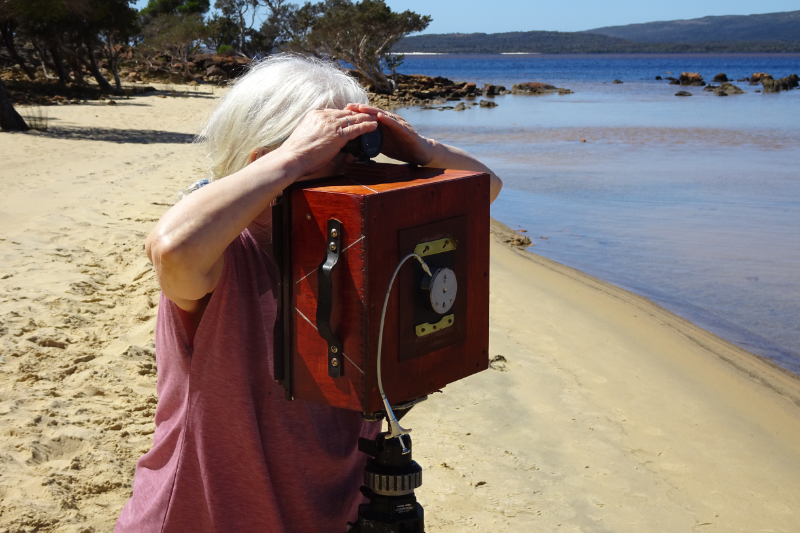
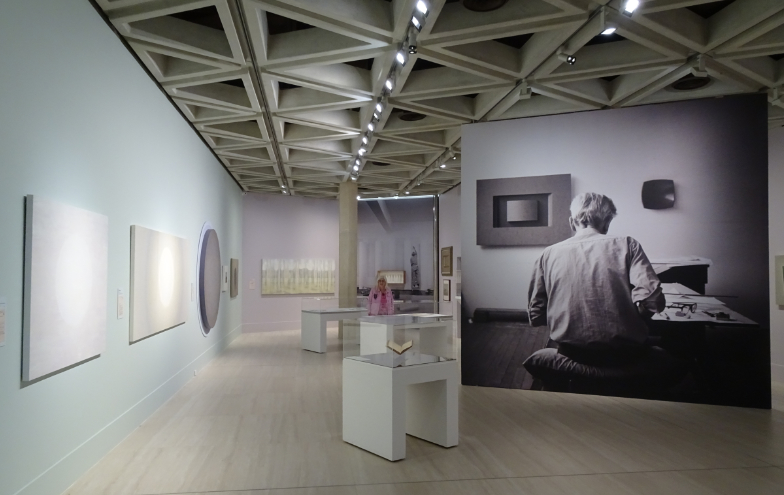
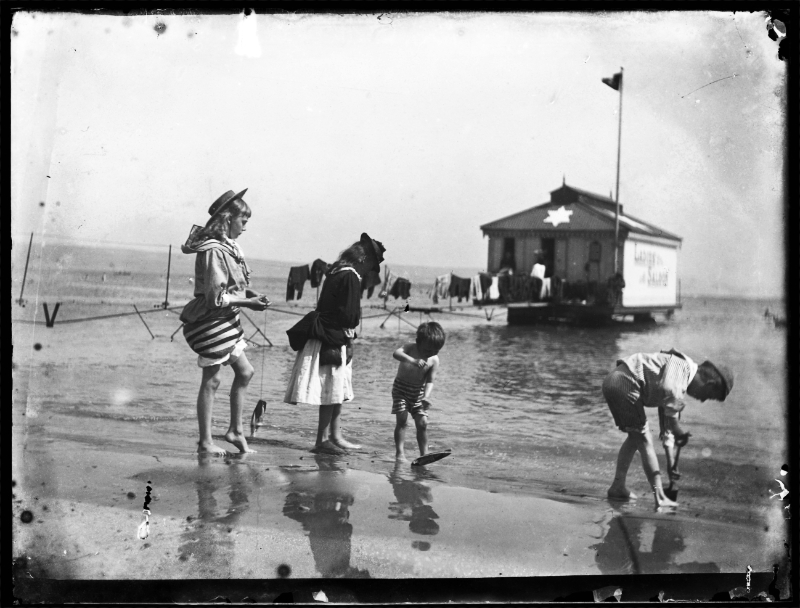
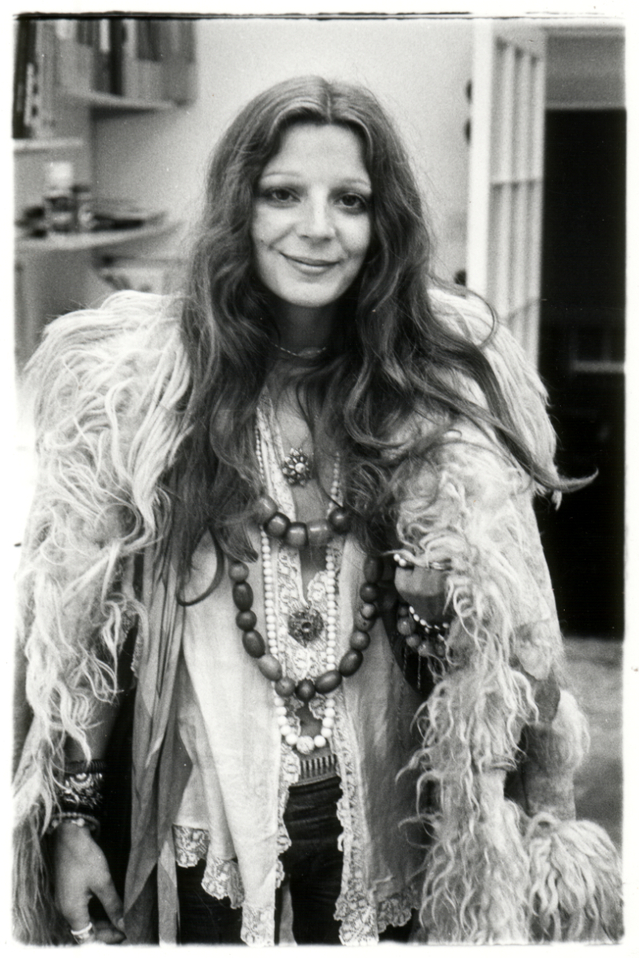
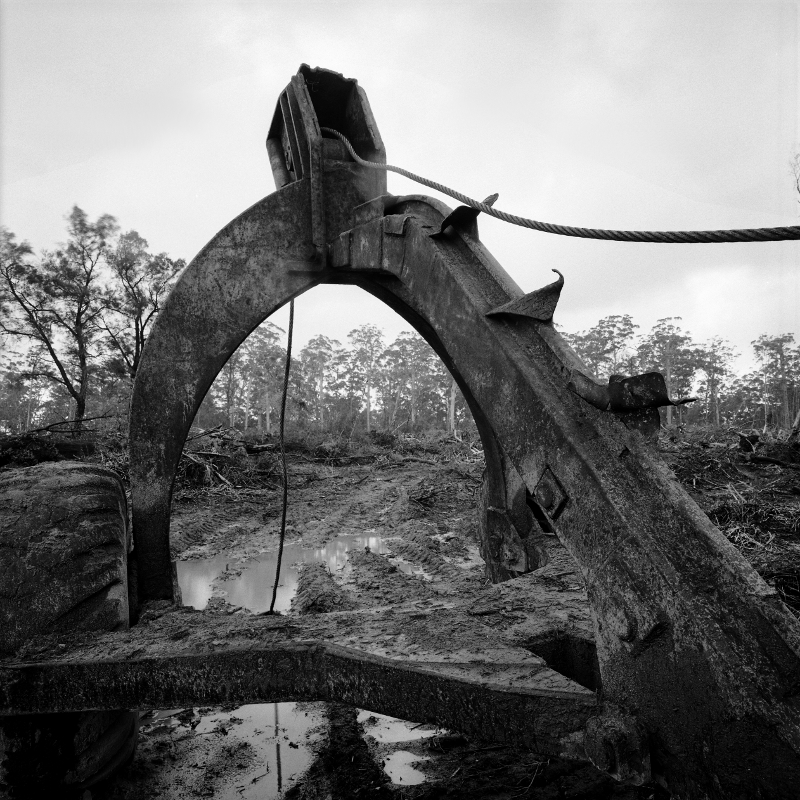
 RSS Feed
RSS Feed